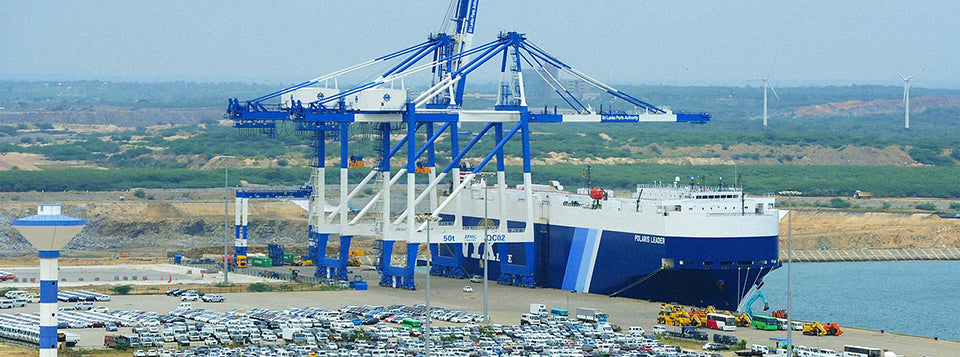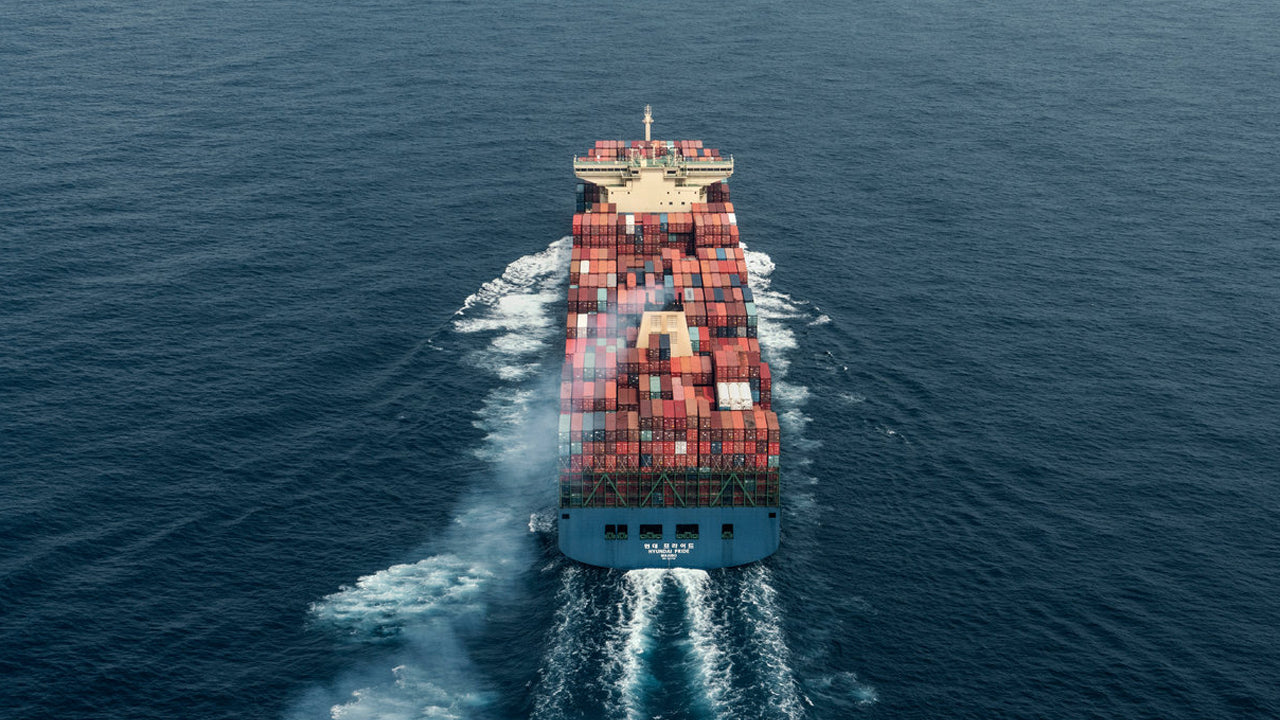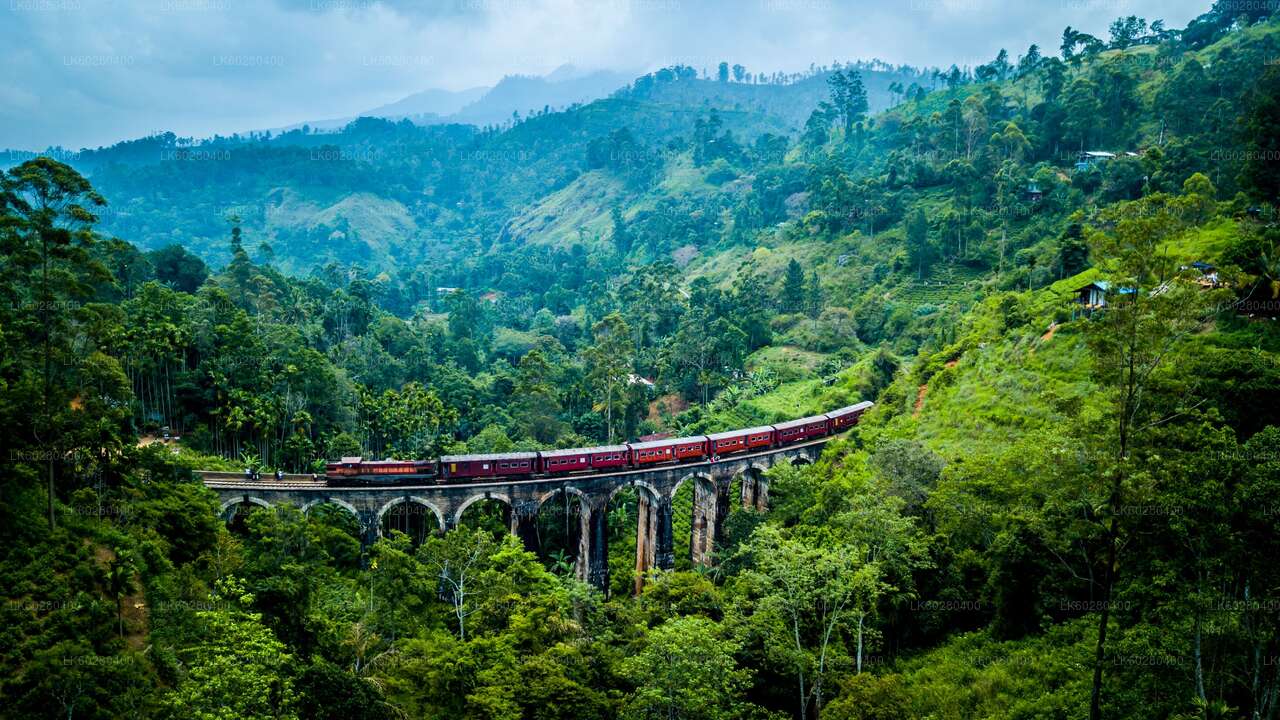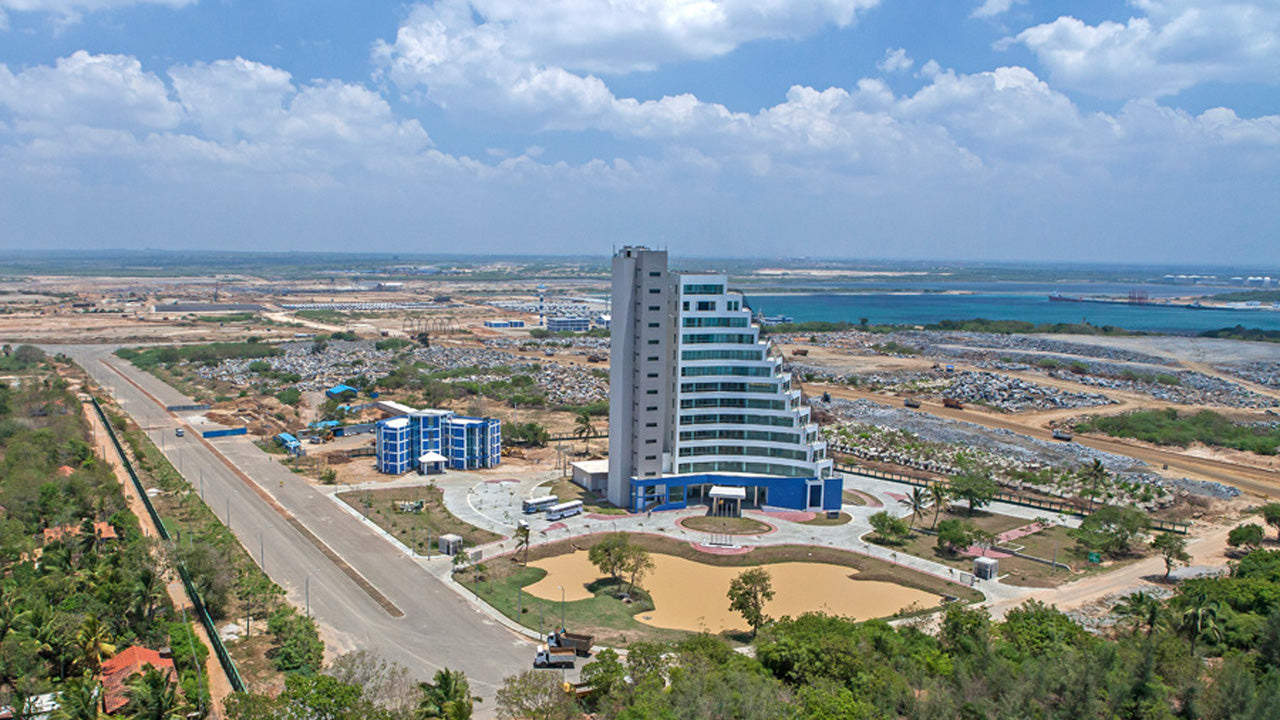
Seehafen Hambantota
Der Seehafen Hambantota, ein strategisches maritimes Tor an Sri Lankas Südküste, fördert den globalen Handel und das Wirtschaftswachstum. Mit hochmodernen Anlagen dient er als wichtiger Umschlagplatz und verbindet Asien mit der Welt. Entdecken Sie die dynamischen Möglichkeiten und die bedeutende Rolle, die er im regionalen Handel spielt.
Hambantota Seehafen
The Hambantota International Port (also known as the Magampura Mahinda Rajapaksa Port or the Magam Ruhunupura Mahinda Rajapaksa Port) is a deep water port in Hambantota, Sri Lanka. It opened on 18 November 2010 and is operated by Hambantota International Port Group (HIPG), a joint venture between the Sri Lanka Ports Authority and the partially Chinese state-owned China Merchants Port Holdings.
The Hambantota port is Sri Lanka's second largest port, after the Port of Colombo. In 2020, the port handled 1.8 million tonnes of LPG and dry bulk cargo.
Construction of the port commenced in January 2008. The Port of Hambantota serves ships travelling along the east-west shipping route that passes six to ten nautical miles (19 km) south of Hambantota. Later phases will increase the port's capacity to 20 million TEUs per year. However, the Hambantota port in 2016 made a revenue of US$11.81 million and incurred expenses of US$10 million as direct and administrative costs to report an operating profit of just US$1.81 million.
Down in the sunny south of Sri Lanka sits a special place called the Hambantota Seaport. It's like a big door that helps Sri Lanka trade with other countries all around the world. Made with help from China, this port is super modern. Big ships full of stuff like toys, clothes, and food can come and go easily. It's like a big hub where things can move from one ship to another, making trade faster and smoother.
But, there have been some problems along the way. Some people worry that Sri Lanka might owe too much money to China because of building the port. However, Sri Lanka is still hopeful about the port's future. Besides just moving stuff around, the Hambantota Seaport is also creating new jobs and opportunities for people nearby. They're planning to build new places where companies can work and store things, which will bring even more jobs to the area. So, even though there have been some bumps in the road, the Hambantota Seaport is still sailing ahead, bringing hope for a better future for Sri Lanka's southern region.
Über den Distrikt Hambantota
Hambantota ist eine ländliche Stadt an der südöstlichen Küste Sri Lankas. Sie ist zugleich die Hauptstadt des Distrikts Hambantota in der Südprovinz Sri Lankas. Etwa 240 km von Colombo entfernt, befindet sich Hambantota im Umbau zu einem strategischen Hafen- und Handelszentrum und durchläuft einen umfangreichen Infrastrukturausbau. Umgeben von weitläufigen Sandstränden ist Hambantota ein idealer Ausgangspunkt für Ausflüge in die Umgebung.
Der Bundala-Nationalpark liegt 20 km östlich von Hambantota, das Weerawila-Schutzgebiet etwas weiter entfernt. Der Ruhuna-Nationalpark und der Kataragama-Tempel sind weitere Sehenswürdigkeiten, die von der Stadt aus leicht zu erreichen sind.
Über die Südprovinz
Die Südprovinz Sri Lankas ist ein kleines geografisches Gebiet, das aus den Distrikten Galle, Matara und Hambantota besteht. Subsistenzlandwirtschaft und Fischerei sind die Haupteinnahmequellen für die überwiegende Mehrheit der Bevölkerung dieser Region.
Zu den wichtigsten Sehenswürdigkeiten der Südprovinz zählen die Naturschutzgebiete der Nationalparks Yala und Udawalawe, die heilige Stadt Kataragama sowie die antiken Städte Tissamaharama, Kirinda und Galle. (Obwohl Galle eine antike Stadt ist, ist aus der Zeit vor der portugiesischen Invasion fast nichts erhalten geblieben.) Während der portugiesischen Zeit gab es zwei berühmte singhalesische Dichter namens Andare aus Dickwella und Gajaman Nona aus Denipitiya im Distrikt Matara, die Gedichte über den einfachen Mann verfassten.









